A Spicy Guide to Different Chili Peppers: From Mild to Moltan
Table of Contents
Introduction
Chili peppers are more than just a flavor enhancer—they're a cultural icon, a culinary staple, and a source of fiery fun. Whether you're a seasoned chef or a home cook looking to spice up your meals, understanding the different types of chili peppers can open up a whole new world of taste and heat. In this guide, we'll explore the most popular varieties, their unique characteristics, and how to use them in your kitchen.
The Many Faces of Chili Peppers
There are hundreds of chili pepper varieties, each with its own distinct shape, color, and heat level. Some are mild and sweet, while others are known for their intense spiciness. Here are some of the most common ones:
1. Bell Pepper
Bell peppers come in a range of colors, including green, red, yellow, and orange. They’re generally mild and sweet, making them perfect for roasting, grilling, or adding to salads. Their thick walls make them ideal for stuffing.
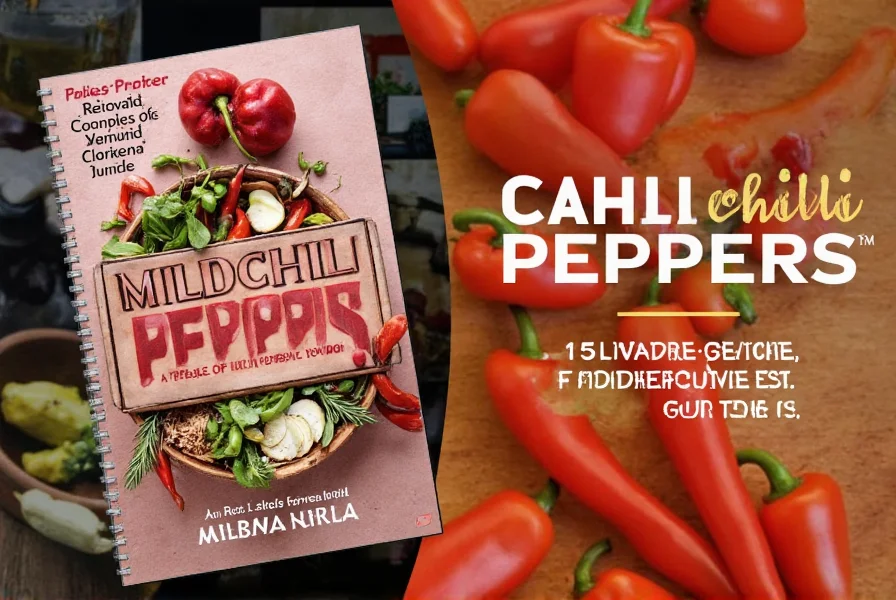
2. Jalapeño
Jalapeños are a staple in Mexican cuisine. They’re usually green when unripe and turn red when mature. These peppers have a medium heat level and are often used in salsas, guacamole, and tacos.
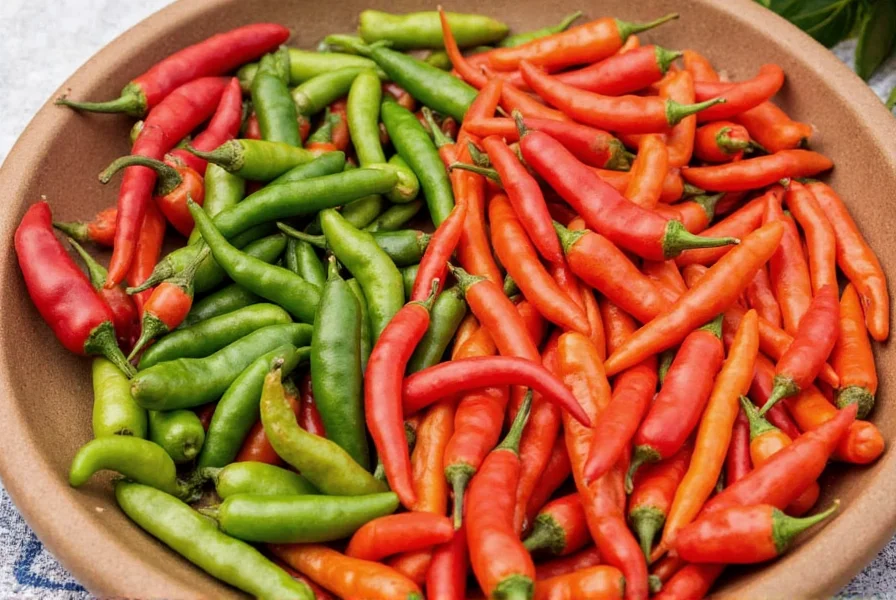
3. Habanero
Habaneros are known for their intense heat and fruity aroma. They’re commonly used in hot sauces and Caribbean dishes. If you’re looking for a serious kick, habaneros are the way to go.
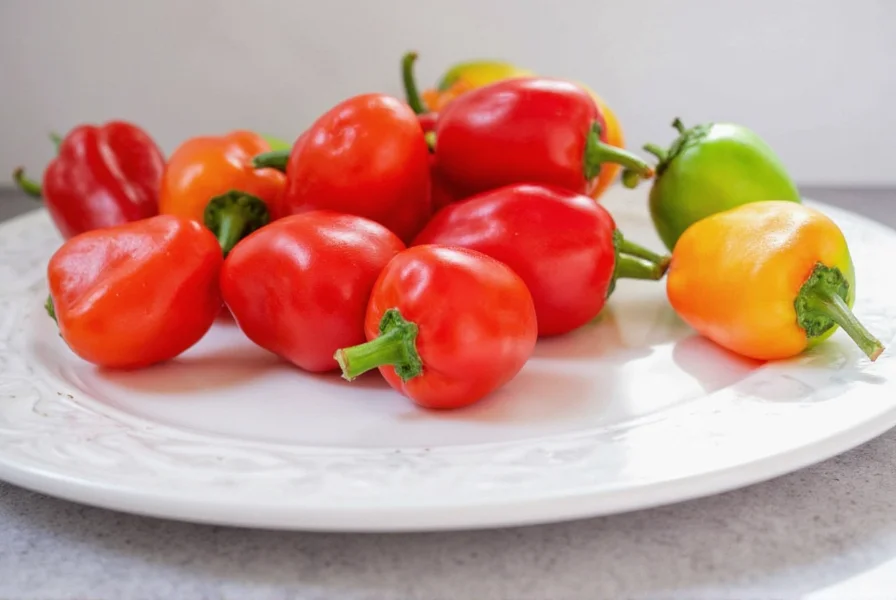
4. Serrano Pepper
Serranos are similar to jalapeños but slightly hotter. They’re often used in salsas and as a garnish. Their thin skin makes them great for frying or pickling.
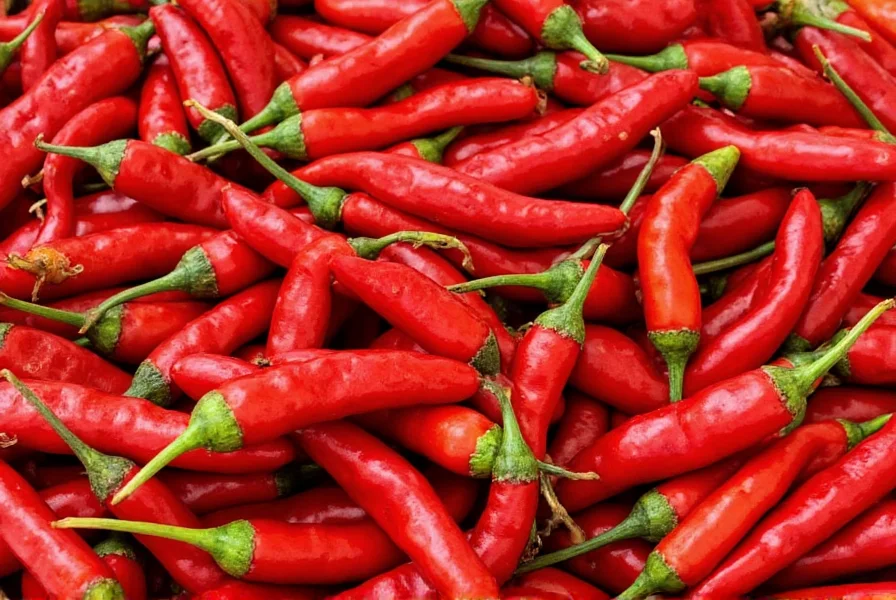
5. Scotch Bonnet
Scotch bonnets are another super-hot pepper, popular in Caribbean and West African cooking. They have a sweet and spicy flavor profile that adds depth to stews and curries.
6. Ghost Pepper (Bhut Jolokia)
The ghost pepper is one of the hottest peppers in the world. It’s native to India and is used in very small amounts due to its extreme heat. If you're brave enough, it can add a powerful punch to any dish.
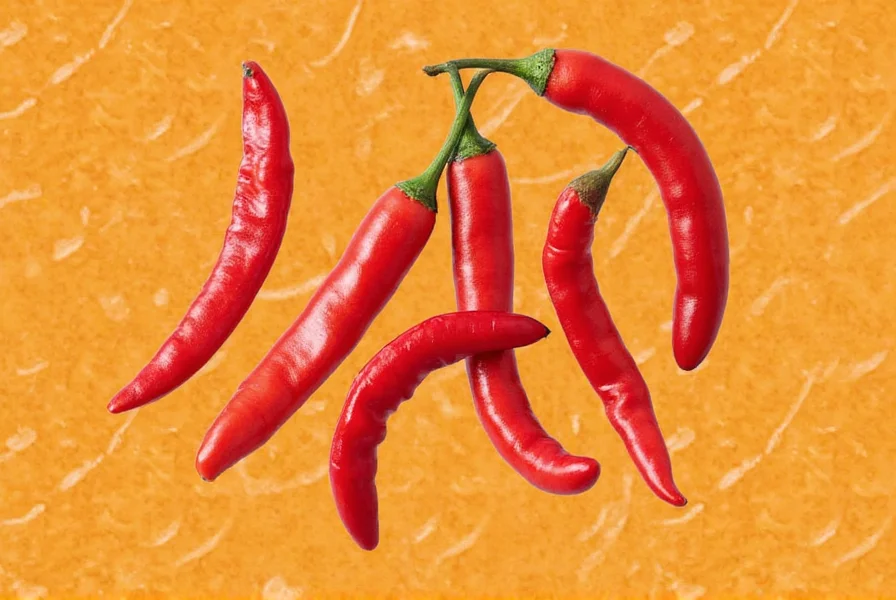
7. Anaheim Pepper
Anaheims are a milder variety, often used in Mexican dishes like chiles rellenos. They have a sweet, smoky flavor and are great for roasting.
8. Cayenne Pepper
Cayenne is a dried chili pepper commonly used in hot sauces and spice blends. It has a moderate heat level and adds a vibrant red color to dishes.
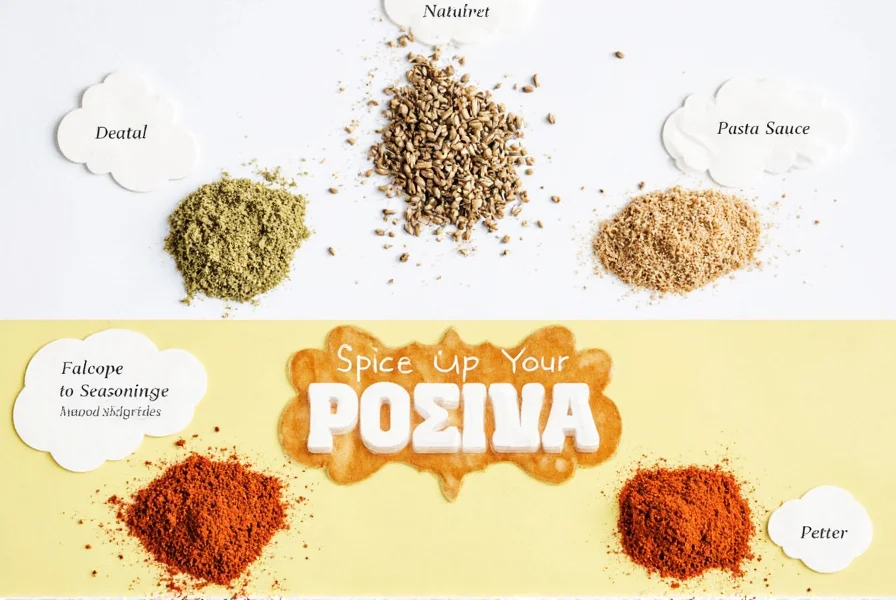
9. Thai Bird’s Eye Pepper
These tiny peppers pack a big punch and are widely used in Thai cuisine. They’re often found in curries, stir-fries, and dipping sauces.
10. Poblano Pepper
Poblanos are a common ingredient in Mexican food. They’re usually roasted and used in dishes like chiles en nogada. They have a mild to medium heat level and a rich, earthy flavor.
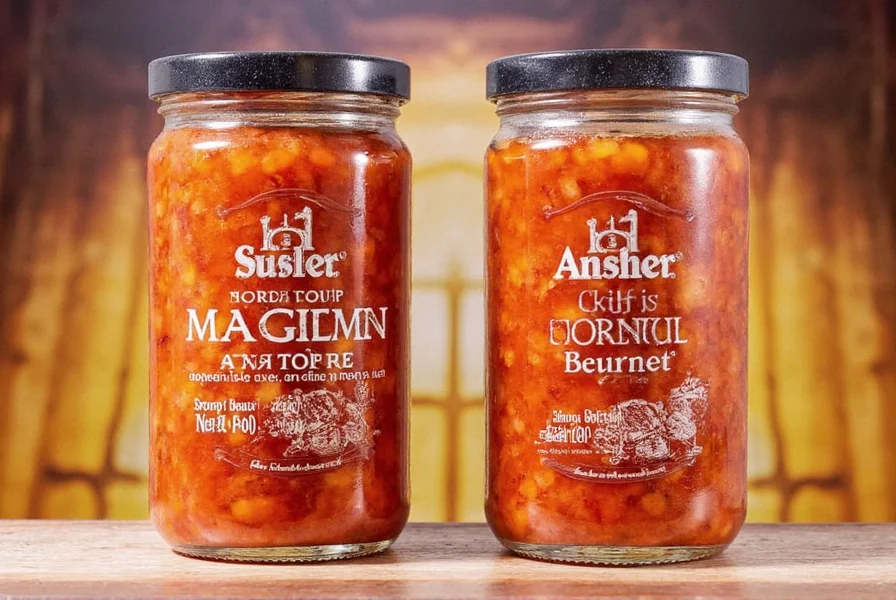
Understanding the Heat Scale
Heat levels in chili peppers are measured using the Scoville scale, which quantifies the concentration of capsaicin—the compound responsible for the heat. Here’s a quick breakdown of some popular peppers and their Scoville units:
| Pepper | Scoville Units |
|---|---|
| Bell Pepper | 0–100 |
| Jalapeño | 2,500–8,000 |
| Serrano | 10,000–25,000 |
| Habanero | 100,000–350,000 |
| Ghost Pepper | 1,000,000+ |
Keep in mind that heat levels can vary depending on growing conditions and ripeness. Always start with a small amount and adjust to your taste.
Cooking with Chili Peppers
Chili peppers are incredibly versatile. Here are some tips to help you get the most out of them:
- Roast them: Roasting enhances the flavor and reduces the heat slightly. Use a hot oven or grill to char the peppers before peeling and slicing.
- Use fresh or dried: Fresh peppers are great for salsas and toppings, while dried peppers can be ground into powders or rehydrated for soups and stews.
- Remove seeds: The seeds and membranes contain the most capsaicin, so removing them can reduce the heat level.
- Pair with complementary flavors: Chili pairs well with lime, garlic, onion, and citrus. Use these ingredients to balance the heat and enhance the overall taste.
- Experiment: Don’t be afraid to mix and match different peppers for unique flavor profiles.
Buying Guide for Chili Peppers
Whether you're shopping at a local market or online, here are some tips to help you choose the best chili peppers:
1. Fresh Chilies
When buying fresh chilies, look for firm, plump peppers with no wrinkles or soft spots. The color should be bright and consistent. Avoid peppers that are slimy or have a strong odor.
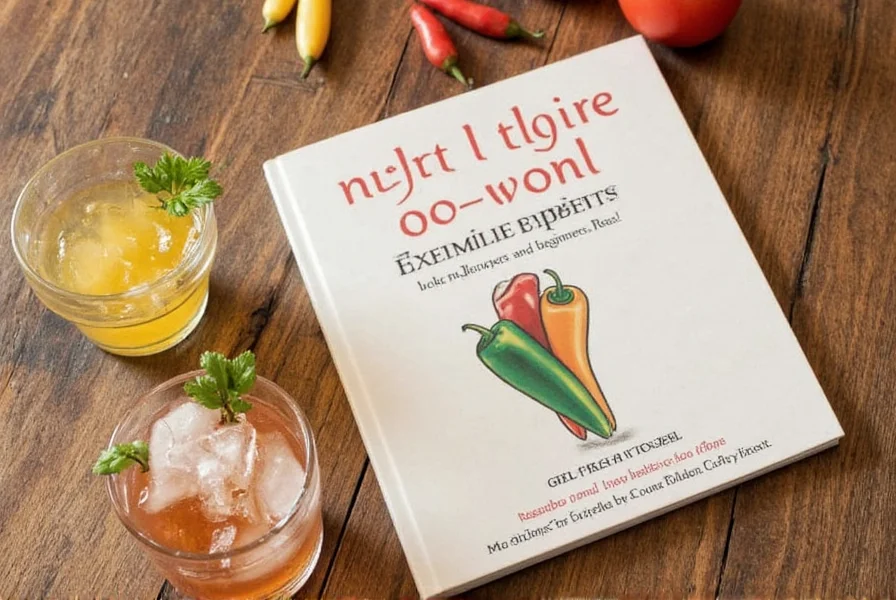
2. Dried Chilies
Dried chilies should be brittle and not sticky. Store them in an airtight container in a cool, dark place. They can last for several months if properly stored.
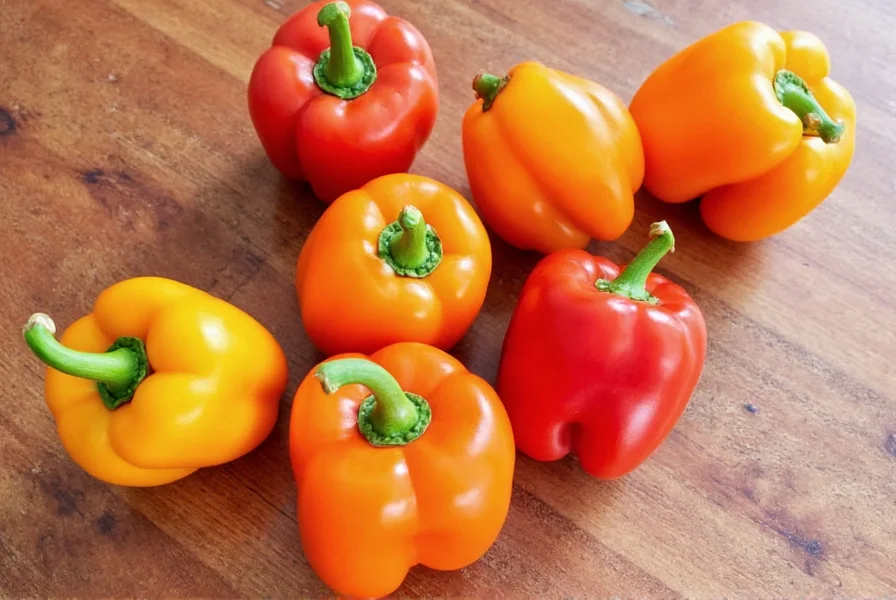
3. Chile Powder
If you prefer convenience, chile powder is a great option. Look for high-quality powders that don't contain fillers or additives. They work well in recipes that call for a consistent heat level.
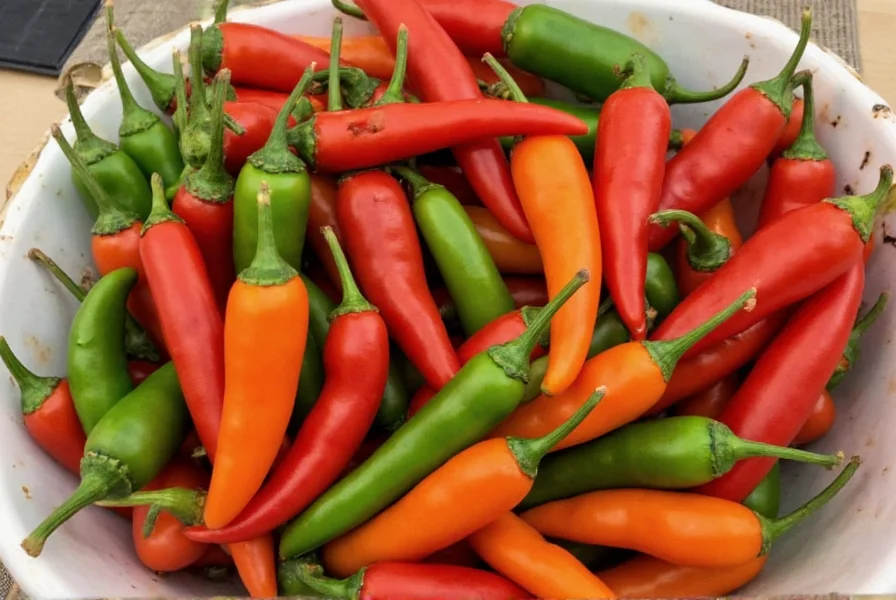
4. Hot Sauces
Hot sauces are a great way to add heat without using whole peppers. Choose a sauce that matches your desired heat level and flavor profile. Some popular options include Tabasco, Sriracha, and harissa.
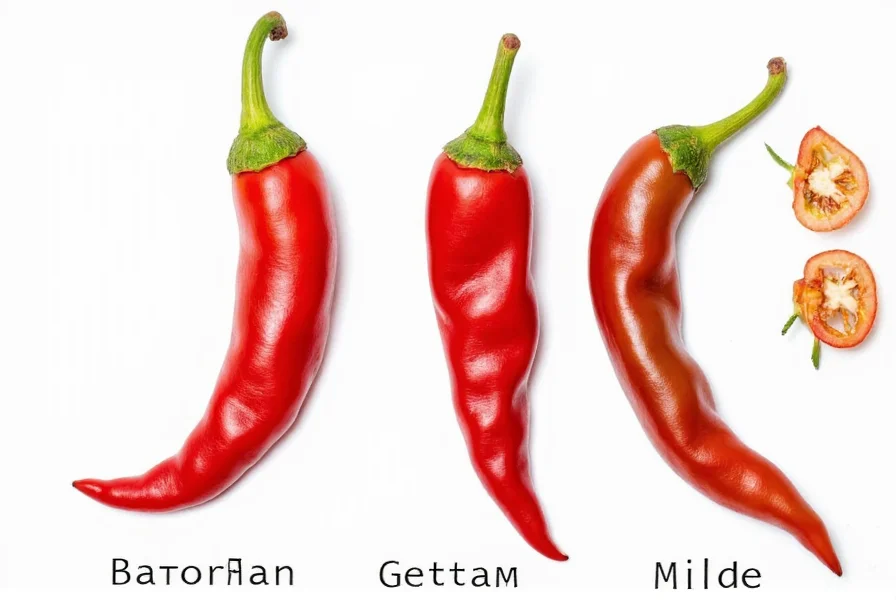
Conclusion
From the mild and sweet bell pepper to the blazingly hot ghost pepper, there’s a chili for every palate and occasion. Understanding the different types of chili peppers and their heat levels allows you to experiment with bold flavors and create dishes that truly stand out. Whether you're a beginner or a pro, the world of chili peppers offers endless possibilities. So next time you're in the kitchen, don’t be afraid to reach for a chili—your taste buds will thank you!










 浙公网安备
33010002000092号
浙公网安备
33010002000092号 浙B2-20120091-4
浙B2-20120091-4